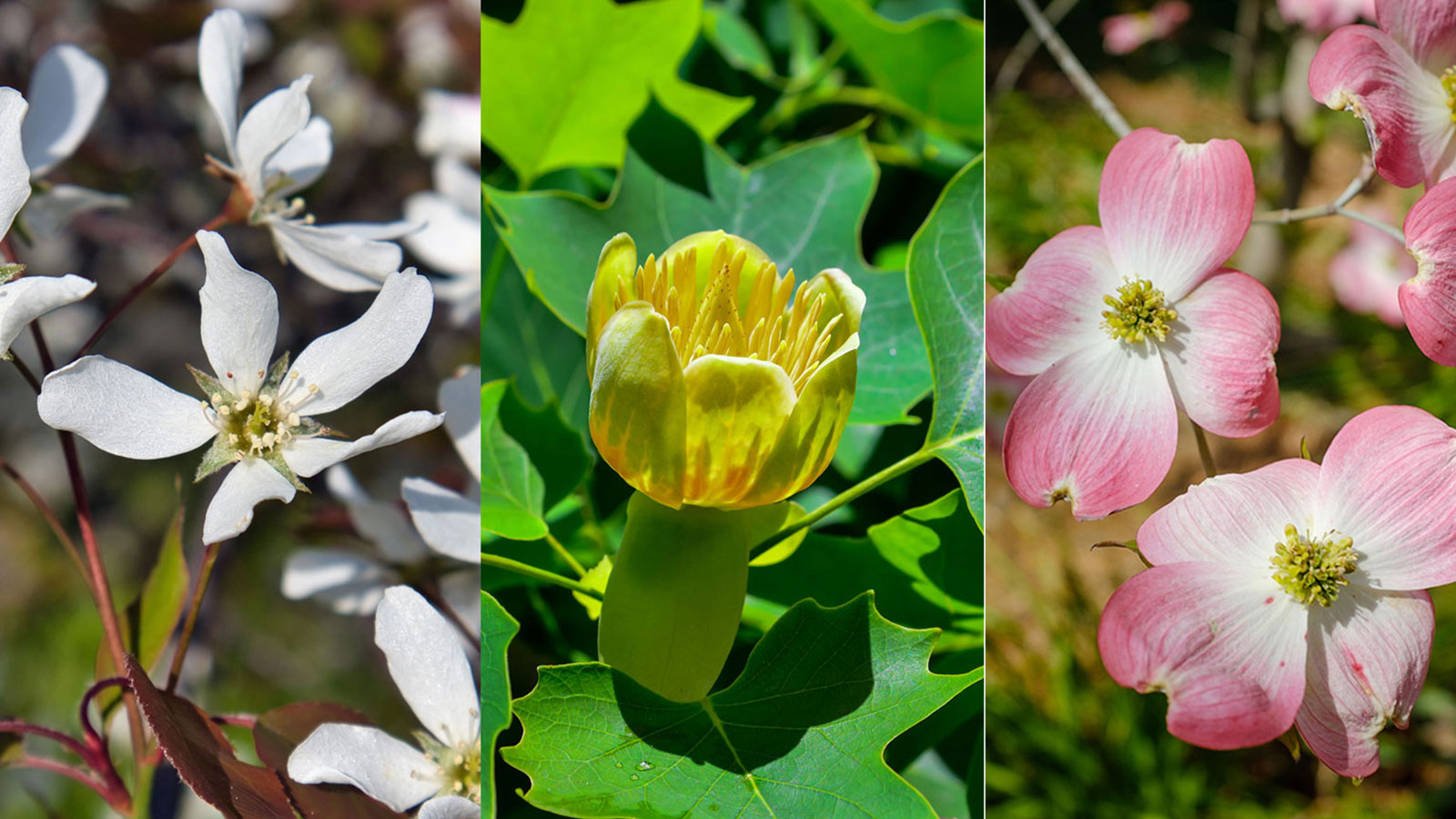
Planting a tree is one of the great joys of life. But with climate change foremost in our minds, it has never been more important to choose carefully. By planting the right tree in the right place, you're helping to ensure that the trees in your yard will be resilient for years to come.
The environmental benefits of planting trees are widely known. Trees act as carbon sinks, soaking up carbon dioxide from the atmosphere and converting it into oxygen and energy via photosynthesis. Broadleaved species such as oak, beech and maple are some of the best trees to plant for climate change because their leaves have a larger surface area, which boosts photosynthesis levels.
Planting a diverse mix of trees is important, too. This will maximise the benefits, as well as helping with conservation efforts such as insect and wildlife initiatives, and ensuring your yard is prepared for the increase of pests and diseases linked with climate change. So if you're looking for inspiration on how to choose a tree, and especially the best trees for climate change, our expert selection will help to find the right tree for you.
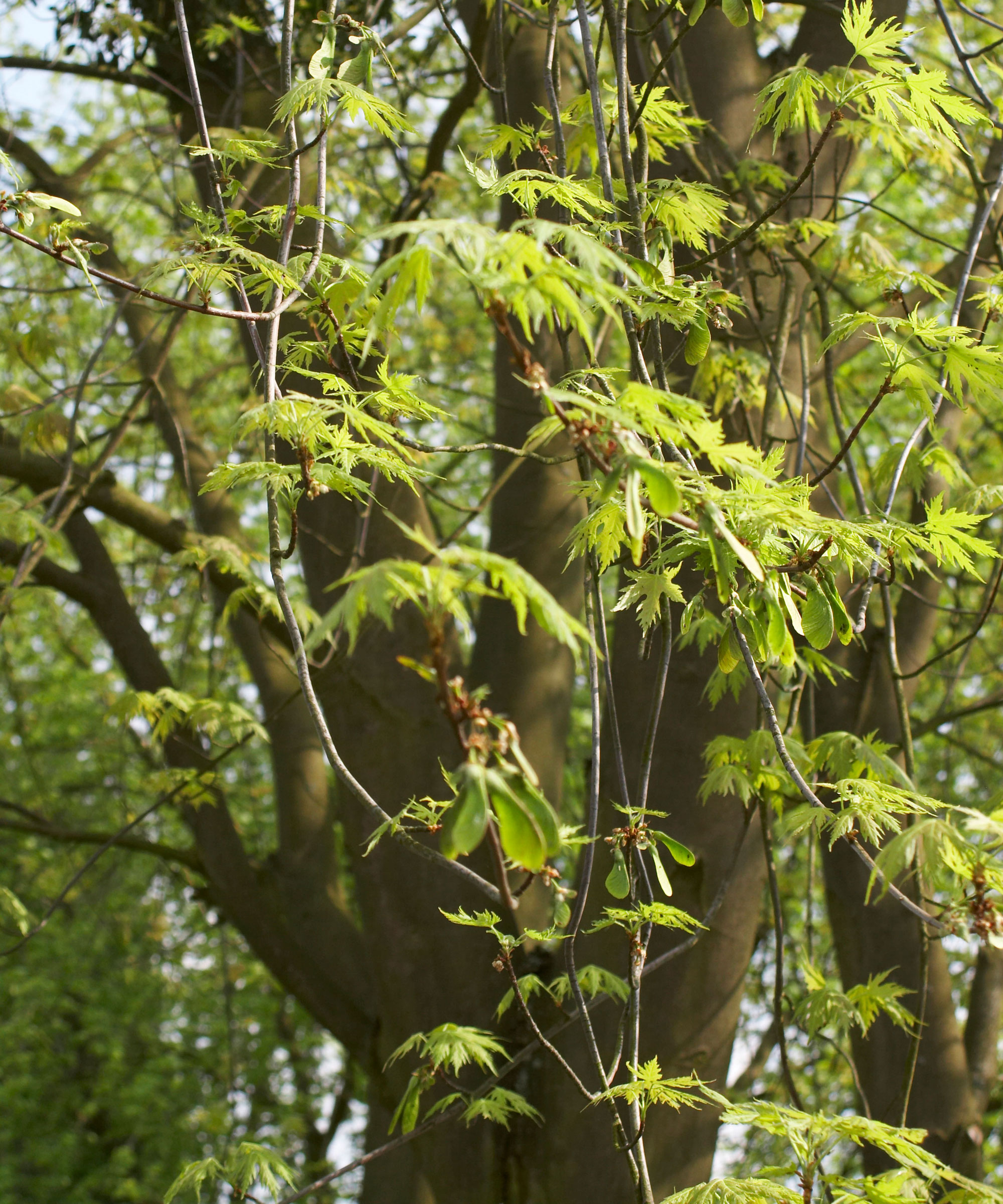
7 of the best trees for climate change
Trees are important for so many aspects of climate health. 'Forests cover more than 30% of the planet and absorb massive amounts of carbon, critical for reducing the impacts of climate change,' says Emma Martone, curator of the Mariana H Qubein Arboretum and Botanical Gardens at High Point University in North Carolina.
'Trees are also the pillars of their ecosystems, contributing to biodiversity by providing food, shelter, and other resources to countless other species of organisms as part of wildlife garden ideas. Stable ecosystems are also key to mitigating climate change.'
As climate change causes warming temperatures, we often look south to prepare our yards and gardens for change. USDA plant hardiness zones map was updated recently to reflect warming temperatures. Many gardeners are finding that they can now plant species that formerly only grew in warmer areas of the country.
This means there are new possibilities to consider that might not have thrived in your climate previously.
1. Honeylocust 'Sunburst'
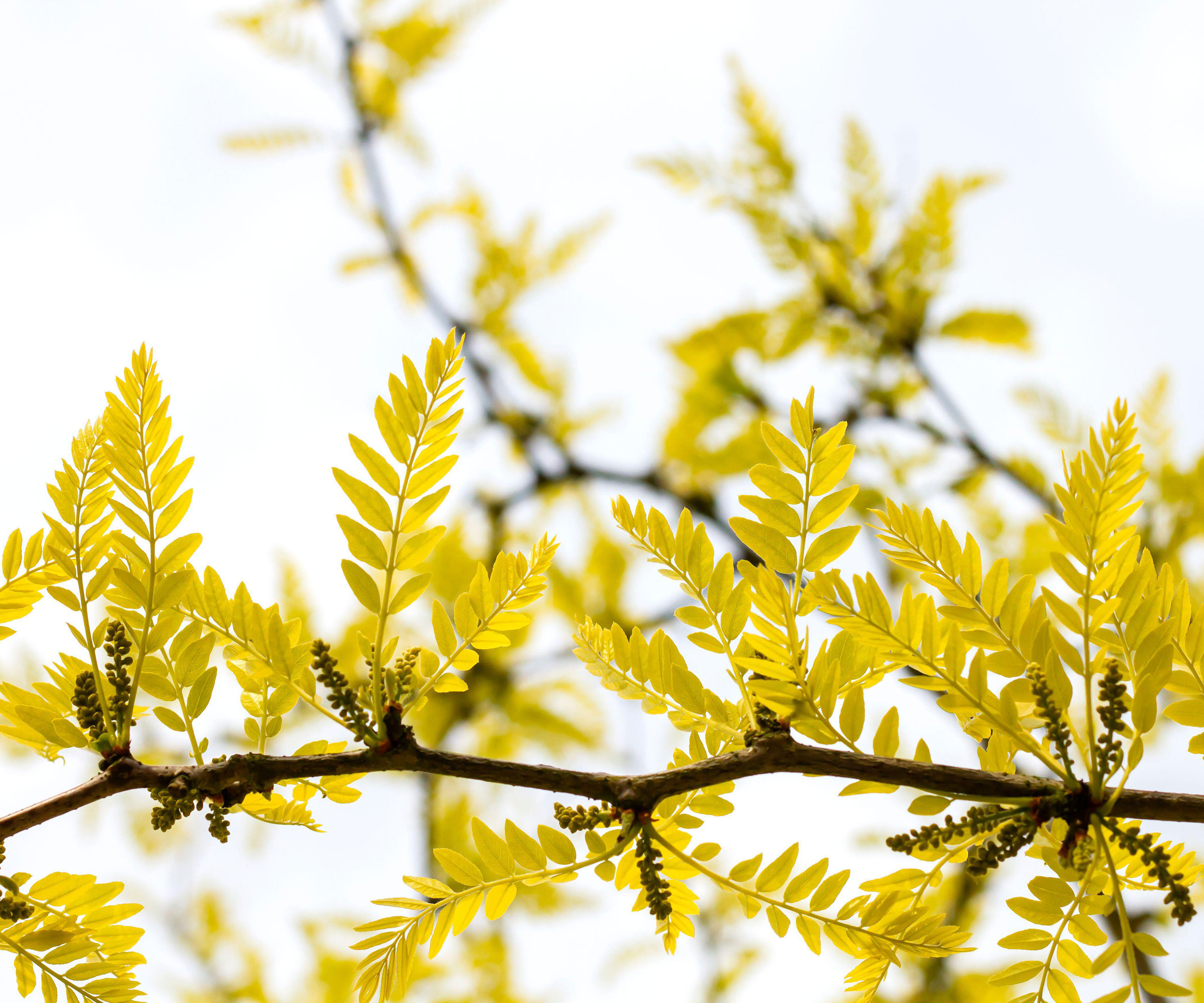
Hardiness Zone: 4-8
Botanical name: Gleditsia triacanthos
This special version of the native honeylocust is a favorite new tree in my sun-baked south-facing backyard. It's very tolerant of the adverse growing conditions linked with climate change. It was chosen to thrive in hot dry summers, and also to cope with the threat of drought in future. It has a high tolerance for cold weather too, as well as pollution.
This elegant deciduous tree has a delicate fern-like appearance thanks to its pinnate or bipinnate foliage (leaves in pairs). It casts dappled shade in the yard, which means it's one of the best trees for shade too. The foliage is gold in spring, fading to lime green, then turns a stunning yellow in fall. It has an attractive spreading habit that makes it a highly ornamental asset in your landscaping.
'Sunburst' will eventually reach a height of 30 feet but not for 50 years or so. It's also one of the best low-maintenance trees for a backyard, as they're thornless and seedless, and don't require much pruning, just easy shaping.
You can buy honeylocust 'Sunburst' at Nature Hills, whose team of horticulturalists flag it as great tree that handles tough conditions without any trouble.
2. Flowering dogwood
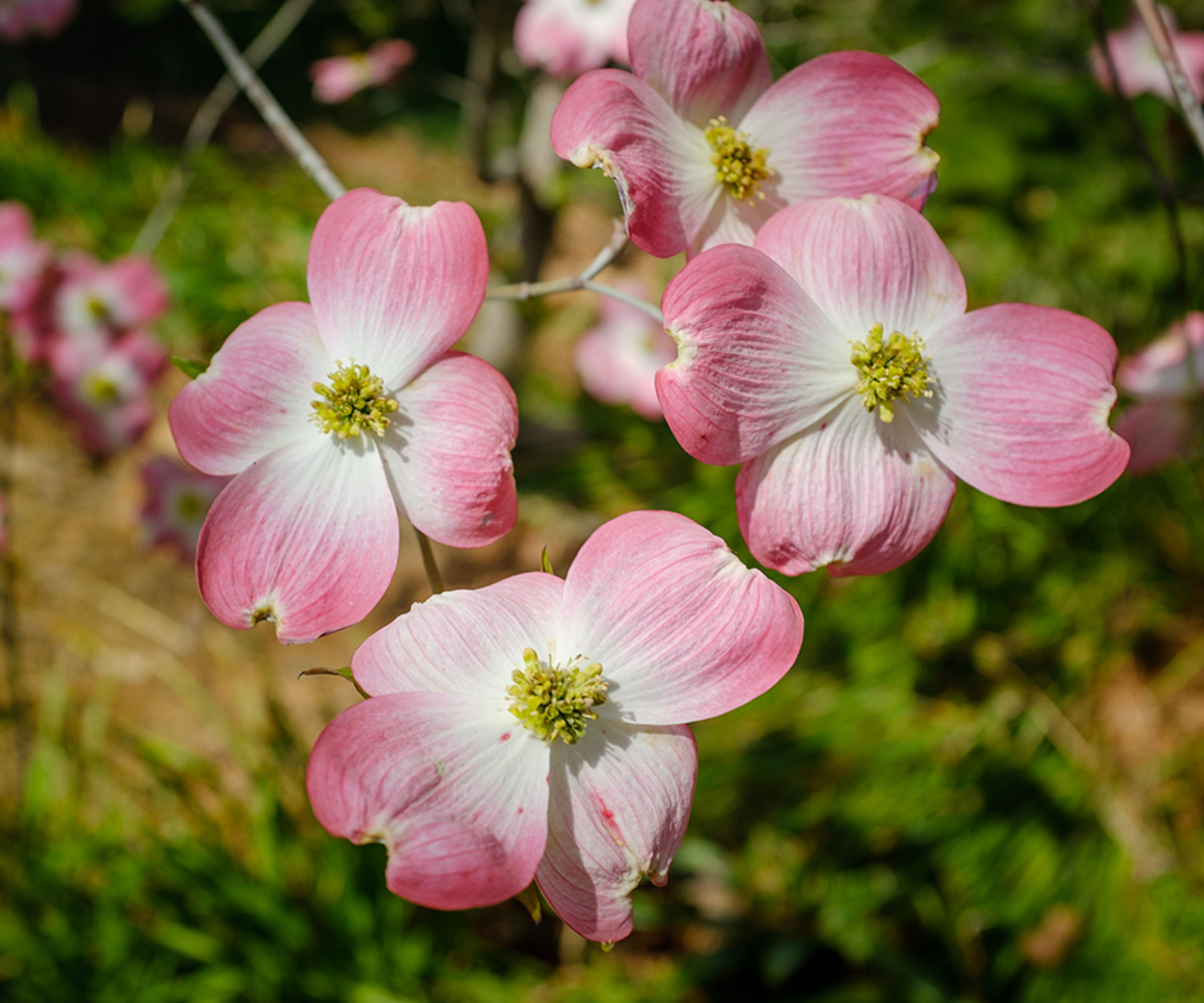
Hardiness Zone: 5-9
Botanical name: Cornus florida
Due to its resilience and wildlife benefits, this beautiful tree has become increasingly popular with those looking to add to the tree canopy in their communities. While this is an understory tree that grows to around 40 feet tall only, the value it brings to the ecosystem is first class.
'One of my favorite native trees is the flowering dogwood, which is native to the east coast of North America, from Florida to Maine,' says Emma Martone. 'Its beautiful flowers light up the woodlands where they grow naturally as understory trees, in either white or pink. The flowers provide pollen and nectar for pollinators early in the season, and its red fruit are favored by birds and small mammals.'
There are many different varieties of dogwoods that put on a spectacular display in late March. Their blooms seem to be earlier and earlier each year, and many attribute this to climate change. 'In my own garden, the small pink dogwood variety I planted last year had buds ready to burst open in February, and I'm eagerly awaiting the beauty of its first year of blooms,' says Emma.
You can find out how to plant native dogwood trees here, especially as it's considered one of the best choices for small yards.
3. Brandywine maple
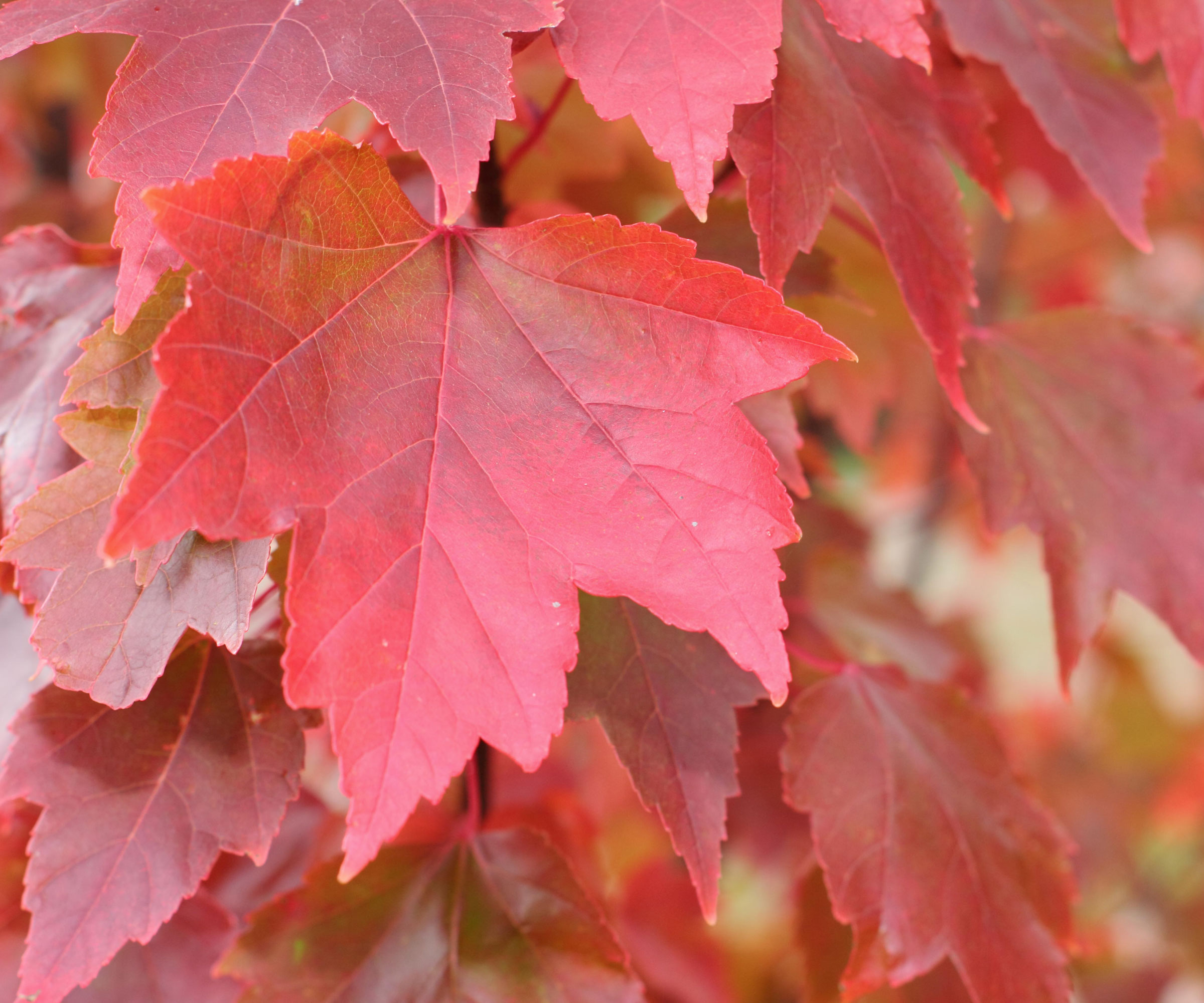
Hardiness Zone: 4-8
Botanical name: Acer rubrum L. ‘Brandywine’
Maple trees not only support rich biodiversity, but also play a key role in mitigating the effects of climate change by capturing and storing carbon dioxide. As Japanese maple trees grow, carbon is captured from the atmosphere and stored in the trunk, roots and surrounding soil.
Why not choose one of the best looking varieties of Japanese maple around? 'The brandywine maple is a popular cultivar of the red maple tree,' says plant expert Alex Kantor of Perfect Plants Nursery. 'It's treasured for its stunning foliage and excellent adaptability to various soil conditions. The brandywine maple has large, deeply lobed leaves that emerge as deep green in spring and transition to vibrant shades of red in the fall, providing a breathtaking spectacle of autumn colors.'
Its upright, symmetrical growth habit and tolerance to urban environments make it a favored choice for landscaping and garden settings. While young trees are developing a robust root system, they need a couple of gallons of water a week, so this variety suits locations that are experiencing more wet weather due to climate change.
You can buy brandywine maple trees here at Nature Hills, whose experts point out that it is also one of the most desirable maples for fall color.
4. Serviceberry

Hardiness Zone: 4-8
Botanical name: Amelanchier
'Climate change or not, it's always advisable to plant trees that are native to your own area,' says New York-based landscape designer Jonathan Fargion. 'Planting native means that you're choosing the right thing, supporting the local fauna, like endemic birds and insects, and contributing to the ecological balance.'
Trees are a climate change solution. Even planting one little multi-stemmed serviceberry will help if you're limited to looking for more ideas for the best trees for small gardens. It's good to plant something that will support wildlife by having spring blossom for pollinators and berries or fruits in fall, such as serviceberry.
'In the NY area, a great native small tree is the serviceberry. It produces small delicious berries that are yummy for birds,' says Jonathan. 'This also means these birds are attracted to the area and will also eat local plant pests in return.' For this reason serviceberry makes it onto our list as one of the best plants for birds too.
5. Shumard oak
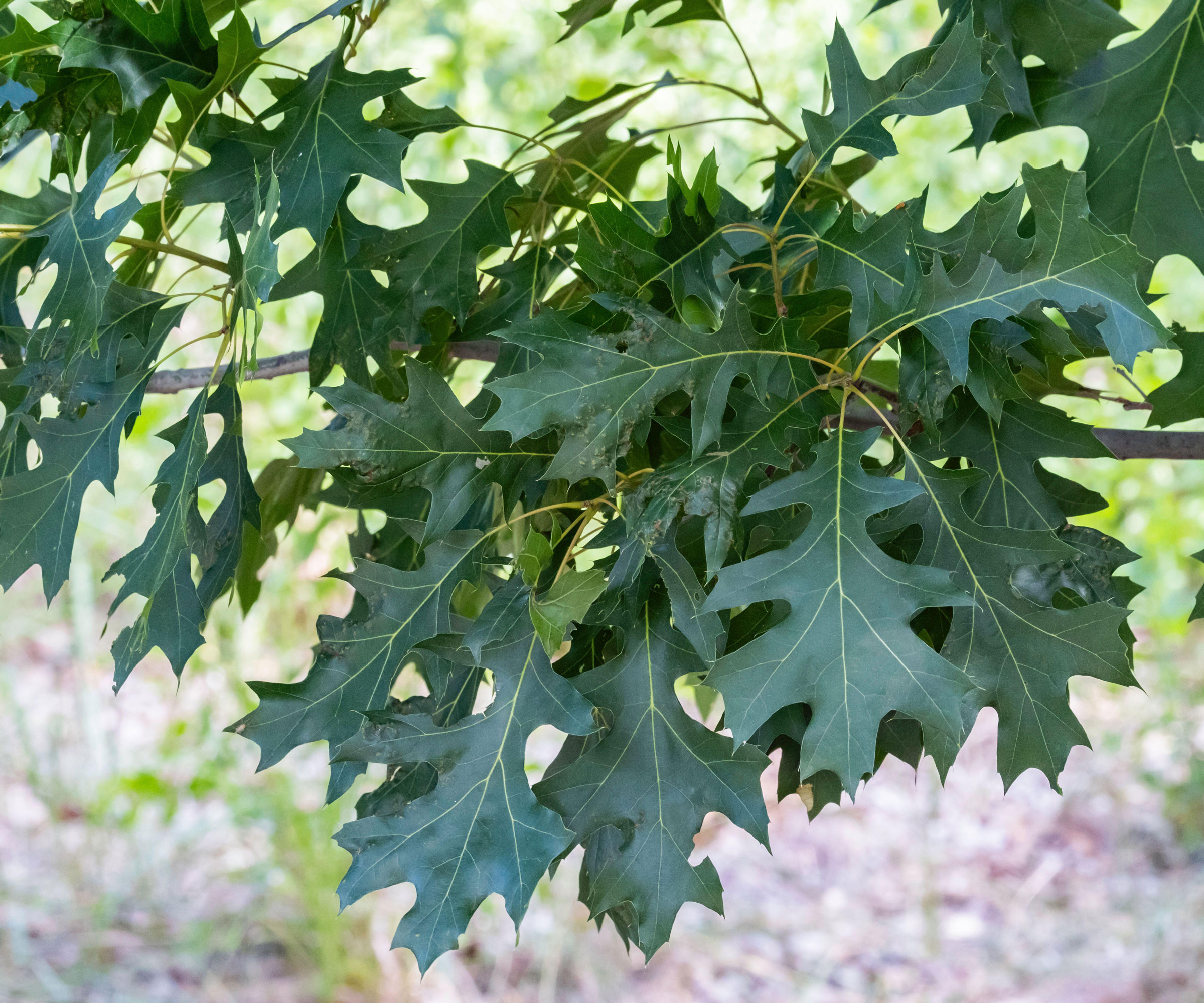
Hardiness Zone: 5-9
Botanical name: Quercus shumardii
We know that trees play a critical role in mitigating climate change by removing carbon dioxide from the atmosphere through photosynthesis. Large trees can store significantly more carbon than other plant types, so if you have plenty of space for landscaping this could be one of the best trees to plant for climate change for you.
'The Shumard oak is admired for its beautiful foliage and striking appearance,' says Alex Kantor. 'It has large, glossy green leaves with a deeply lobed shape, giving it an elegant and ornamental look. During the fall season, the leaves transform into vibrant shades of red, orange, and yellow, creating a stunning display of autumn colors. The combination of its attractive foliage and majestic stature makes the Shumard oak an eye-catching addition to any landscape.'
In terms of absorbing pollutants, oaks are great for helping to clean the air, as well as providing a large shaded area to offer cool respite from the scorching sun when temperatures heat up.
6. American linden
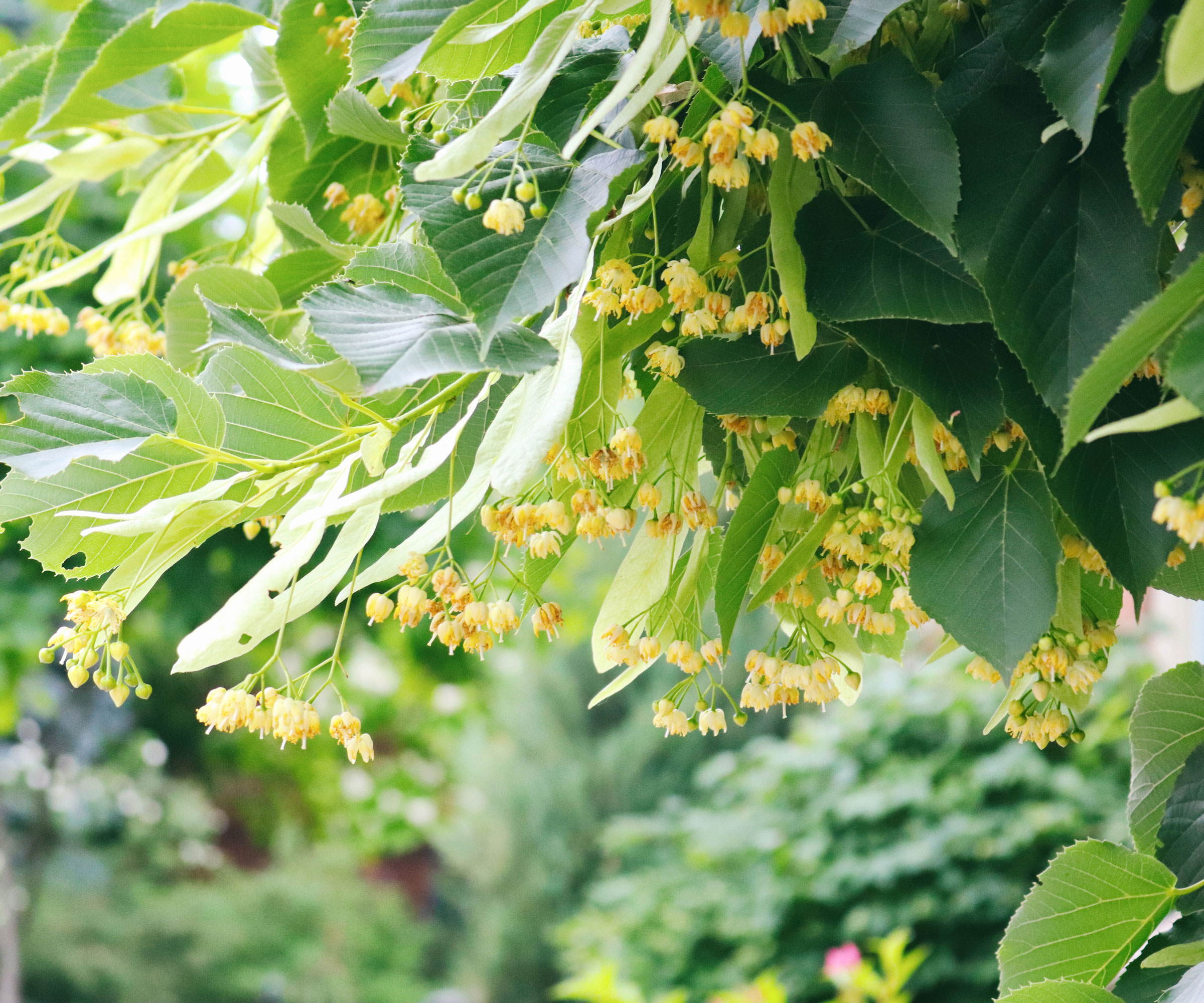
Hardiness Zone: 3-8
Botanical name: Tilia americana
If you're looking for ideas for the best trees for front yards consider adding a beautiful linden to your landscape, especially as they're popular with bees and other pollinators, as well as offering a leafy canopy to shade you from the sun. The large, heart-shaped leaves bring a lovely sense of movement as they move in the breeze.
The linden will grow to be substantial enough for a large landscape, but not too big for a smaller yard. 'Lindens, also known as basswoods and lime trees, are popular street trees because they tolerate difficult conditions and have an attractive, tidy growth habit,' says horticulturalist Christina Chung, founder of Fluent Garden and author of The Layered Edible Garden, available from Amazon. 'The cool thing about lindens is that their seeds can be eaten. Picked when they are green, and roasted until brown, they taste like chocolate.'
In city neighborhoods trees make it cooler by providing shade and releasing water vapor. Tree planting in urban and suburban areas is especially important to help minimize the amount of storm water running over paved surfaces to storm drains and carrying pollution to streams and rivers.
The hardy American 'Sentry' Linden is a landscaping favorite, and will soon become a valuable asset in your yard, especially during the hot summer months. It also shows resistance to Japanese beetles, one of the most bothersome pests that can destroy plants.
7. Tulip poplar

USDA Hardiness Zone: 4-9
Botanical name: Liriodendron tulipifera
The tulip poplar is neither a tulip nor a poplar tree. Instead, this is a native relative of the Magnolia family. Look at the lush tulip-shaped blooms and upright habit, and you'll see immediately where it gets its name from. The blooms have the wonderful scent of the best magnolia trees too.
'The best fast growing trees such as tulip poplars absorb the most carbon,' says Emma Martone. 'But there is more to consider when planting a tree that benefits the environment. Native trees that are adapted to your specific area may offer more resources to other species too, such as pollinators.' The tulip poplar is a good choice as it's popular with butterflies, and hummingbirds are also attracted to it.
Native to the eastern United States, the easy-care tulip poplar tree is adaptable to many different types of soils, as well extremely hot and dry climates of zone 9, which makes it one of the best trees to plant for climate change . You can buy a tulip poplar from Nature Hills but only if you have plenty of space in your yard as it's one of the trees to avoid planting close to a house due to its eventual height of 60-90 feet.
Emma also points out that strategic placement of trees, such as around a hot asphalt driveway, can reduce heat islands, and planting trees on the south and west sides of houses may help to reduce energy costs.
FAQs
What is the best way to choose a climate friendly tree?
'The best way to choose a climate friendly tree is to select species that are native to your region, as these are much more likely to be adapted to the climate and thrive,' says Brian Kittler, resilient forests lead at American Forests. 'Do some research and understand how climate change is affecting growing conditions in your region.'
The USDA Climate Hubs collaboration is a good place to start when looking for the best trees to plant for climate change. If you live in a drought-prone area, avoid trees that require excess water. Meanwhile if you live in a forested region, reduce your wildfire risk by following local and federal guidelines when planning the spacing between individual trees, as well as between trees and your home. It's also a good idea to do your research and try to pick trees that havenʻt been impacted by disease and pests in your region.
'Finally, after trees are planted itʻs important to regularly maintain them and check for any signs of distress,' says Brian. 'Trees are one of the most powerful natural tools we have in the fight against climate change, and when you pick the right ones, they can even shade your property, provide nuts and fruits, and be habitat for wildlife.'
If space is limited in your yard you can still choose some of the best trees to plant for climate change by looking at ideas on how to grow the best trees for pots. Some of our suggestions such as serviceberry and Japanese maples thrive equally well in containers too.







